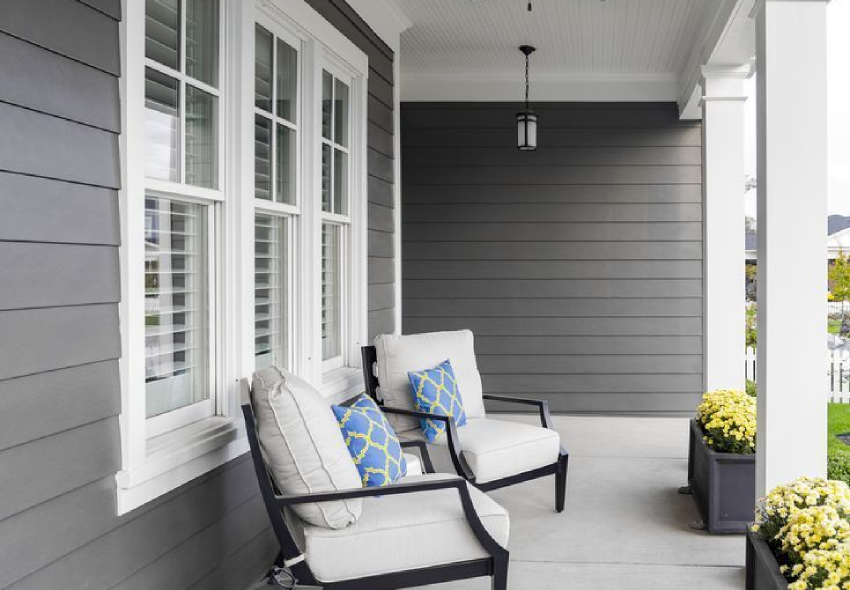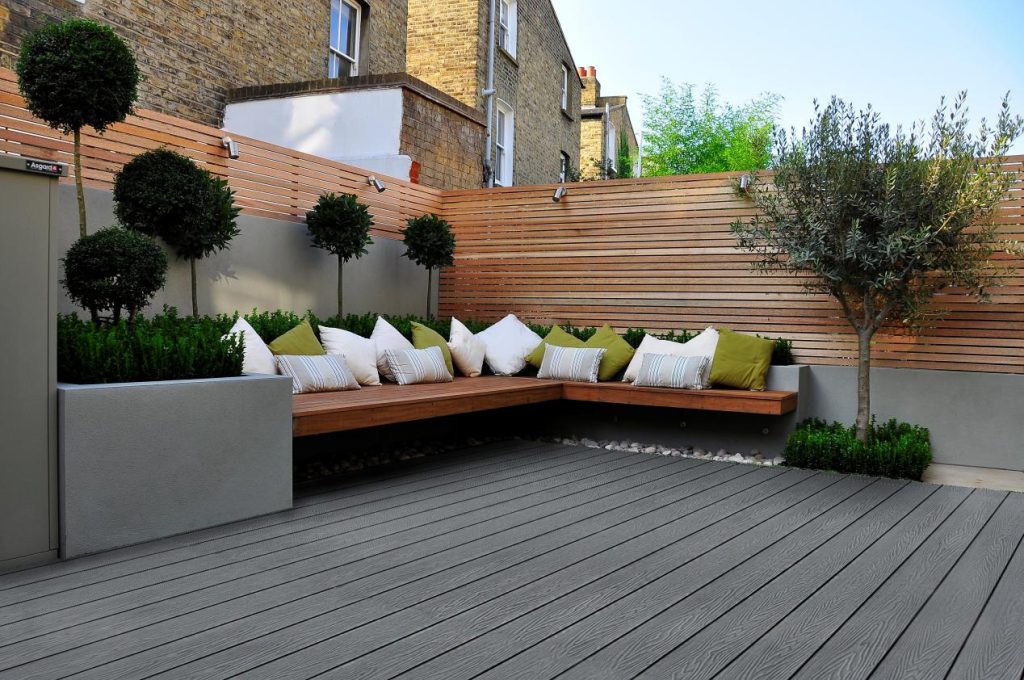Wood Plastic Composite (WPC) is gradually emerging in the global market and becoming one of the first choices for environmentally friendly and sustainable building and gardening materials. As a country that focuses on sustainable development, Australia has a growing market demand for WPC materials. This article, Hosung, will explore in detail the current status, applications, future development trends and challenges of the WPC Australia market.
Table of Contents
Overview of the Australian WPC Market
Definition and Development of WPC
WPC is a new composite material that combines wood fiber with plastic. Its advantage is that it combines the natural beauty of wood with the durability of plastic, and can resist moisture, ultraviolet rays and corrosion. The types and application areas of WPC materials are very wide, covering multiple industries such as construction, furniture, and gardening. In Australia, due to the changeable climate, especially in outdoor building materials, WPC is gradually regarded as an ideal alternative to traditional wood.
Characteristics of the Australian Market
Australia’s WPC market is gradually transforming towards green building materials under the influence of environmental protection regulations, innovation in the construction industry, and changes in consumer demand. The market demand for WPC materials is closely related to the growth of the construction, gardening, and furniture manufacturing industries. In particular, driven by the pressure of sustainability and environmental protection, the demand for WPC has increased significantly.
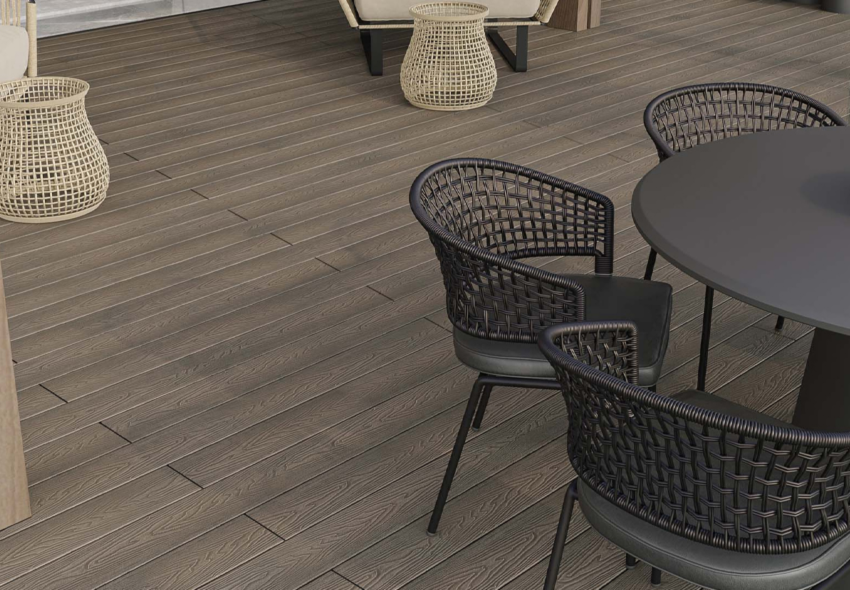
Main application areas of WPC materials
Due to its excellent physical properties, WPC materials have been widely used in many fields. The following are the main application scenarios of WPC in the Australian market.
Construction industry
In Australia, the construction industry is the largest application area of WPC materials. Although traditional wood is widely used in construction, its easy corrosion and deformation make it unsuitable in some cases. In contrast, WPC has better weather resistance, water resistance and anti-corrosion, and is suitable for various harsh outdoor environments.
External decoration materials
WPC is widely used in external decoration such as building exterior walls, balconies, terraces and fences. Due to its good UV resistance, WPC can resist sunlight for a long time, keep its appearance from fading, and is not easy to rot, which is suitable for Australia’s changeable climatic conditions. Its low maintenance requirements are also an important reason for the construction industry to choose WPC.
Flooring and paving materials
Due to its excellent waterproof performance, WPC external flooring materials are widely used in outdoor floors, terraces, garden paths and other places. Compared with traditional wood flooring, WPC flooring performs well in durability, water resistance, and UV resistance. With the improvement of environmental awareness, more and more construction projects choose to use WPC flooring to replace wood and other materials.
Gardening industry
The gardening industry is another major application area of the Australian WPC market. The application of WPC in gardening is not limited to landscape design, but also includes the production of various gardening equipment. WPC’s characteristics in moisture resistance, UV resistance and corrosion resistance make it an ideal material for gardening products such as flower beds, plant stands, and flower pots.
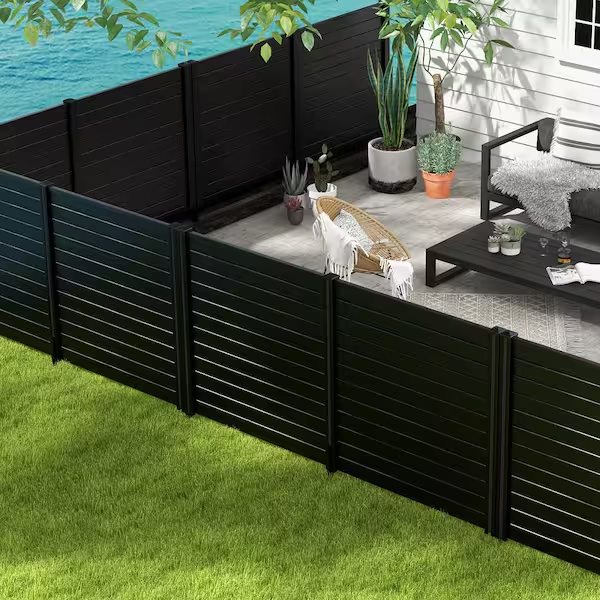
Gardening landscape
Australia’s climatic conditions are complex and changeable, especially in coastal areas. The highly corrosive environment has prompted the gardening industry to prefer durable materials. WPC can not only resist salt spray corrosion, but also maintain its shape at high temperatures. It is often used in landscape decoration, flower beds, fences, and walls, etc., which improves the durability and beauty of the landscape.
Other gardening products
WPC’s corrosion resistance makes it suitable for making gardening tools, seats, fences and other outdoor furniture. Especially in areas exposed to outdoor environments for a long time, the durability of WPC materials makes it an ideal choice. It does not require regular painting and treatment like traditional wood, which reduces long-term maintenance costs.
Furniture Industry
Although the application of WPC in the furniture industry in Australia is still in the development stage, as consumers’ demand for environmentally friendly and sustainable materials increases, WPC has gradually entered the furniture manufacturing field. The superior properties of WPC make it an ideal material for making indoor furniture such as tables, chairs, and cabinets.
Indoor furniture
The advantages of WPC furniture are its durability and environmental protection. Compared with traditional wood, WPC performs better in water resistance, UV resistance, and wear resistance. For some high-humidity climate areas in Australia, WPC furniture is particularly suitable because it will not swell, deform or rot due to moisture.
Outdoor furniture
WPC has also been increasingly used in the production of outdoor furniture. It performs well in high temperature and humid environments, making it a preferred material for products such as patio furniture, garden chairs, and outdoor sofas. WPC outdoor furniture not only has the natural appearance of wood, but also does not require regular maintenance like traditional wooden furniture.
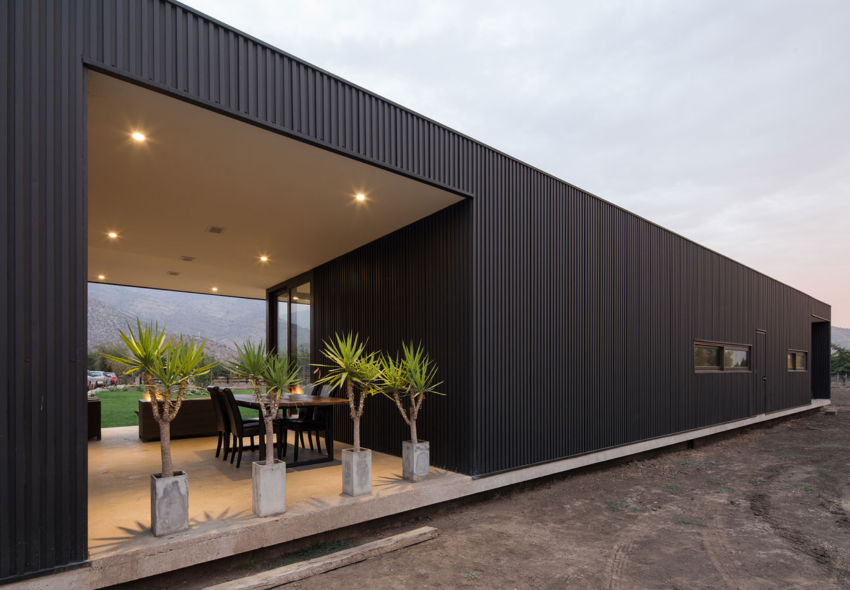
Driving factors of the Australian WPC market
Environmental regulations and sustainable development requirements
With the increase of global environmental awareness, the Australian government has stepped up the promotion of green building materials and sustainable development technologies. As an environmentally friendly alternative product, WPC materials meet the national requirements for sustainable building materials. Many construction projects prefer to use environmentally friendly and recyclable materials during construction, which has promoted the popularity of WPC in the construction and gardening industries.
Rapid development of the construction and gardening industries
The rapid growth of the construction and gardening industries in Australia has provided a huge market space for WPC materials. With the advancement of urbanization, more and more residential and commercial buildings have begun to adopt modern environmentally friendly materials, and WPC just meets these needs. In addition, the gardening industry has also developed rapidly with the popularity of outdoor activities, which has promoted the widespread application of WPC in landscape design and gardening products.
Changes in consumer demand
Australian consumers’ environmental awareness has increased year by year, and more and more people have begun to pay attention to the sustainability and environmental impact of products. WPC materials not only have excellent performance, but also have unparalleled advantages over natural wood in environmental protection, and consumers are more inclined to choose these environmentally friendly products. Therefore, the demand for WPC materials in home decoration and gardening continues to increase.
Challenges of the Australian WPC Market
Price Competition
Despite the obvious advantages of WPC materials, price is still an important factor in consumers’ purchasing decisions. Due to the complex production process of WPC materials, their cost is higher than that of traditional wood and other materials. Although in the long run, the durability and low maintenance cost of WPC can make up for its initial investment, it still faces the pressure of price competition, especially compared with traditional building materials and wood.
Technical Challenges
Although WPC technology is quite mature, there are still some technical difficulties in the production process. For example, how to improve the production efficiency of WPC, reduce costs, and improve the quality and performance of products are still issues that the industry needs to solve. At the same time, how to continuously improve the adaptability of WPC materials in different climates and environments is also a research and development focus.
Market Education and Awareness Enhancement
Although WPC is gradually recognized in Australia, there are still some consumers who do not know enough about the advantages of WPC. Market education and product promotion are still the key to promoting the widespread application of WPC. As more architects, designers and consumers understand the advantages of WPC, market acceptance is expected to gradually increase.
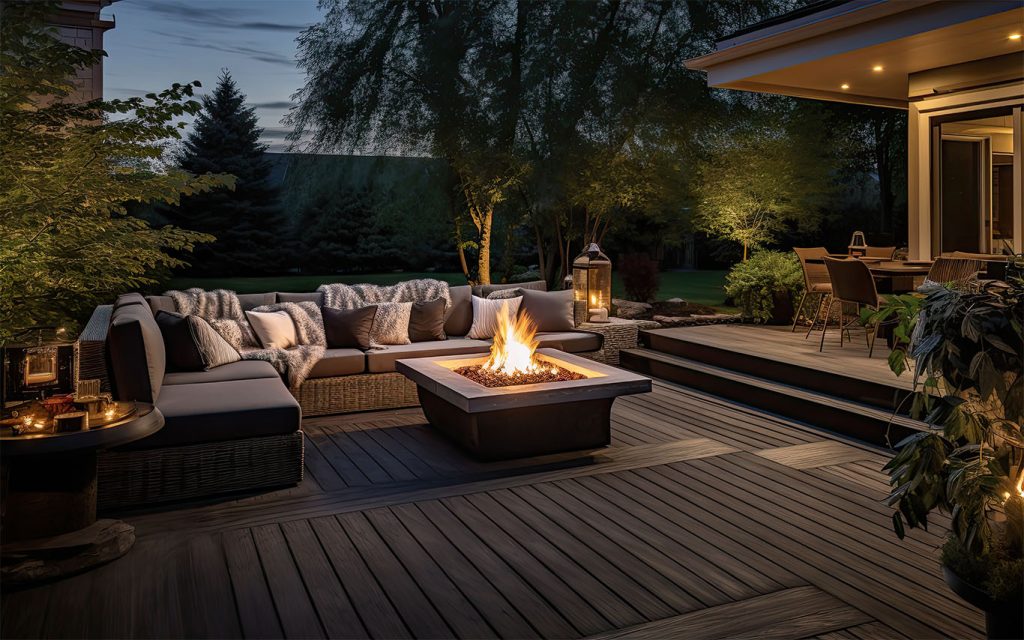
Future Development Trends
The Australian WPC market is expected to continue to grow in the next few years. With the increasing demand for environmentally friendly and sustainable materials in industries such as construction, gardening and furniture, the application of WPC materials will become more and more extensive. Technological advances will further reduce the cost of WPC materials while improving their performance, making them a more competitive alternative material.
In addition, as consumers become more environmentally conscious, the market demand for WPC products will also grow steadily. With the continuous optimization of production processes, the types and quality of WPC materials will continue to improve, promoting their application in more industries.
Conclusion
The WPC Australia market is in rapid development, and the construction, gardening and furniture industries have a growing demand for this environmentally friendly, durable and beautiful material. With technological advances and improved market awareness, WPC will become an important material that cannot be ignored in Australia. Although there are some challenges, with the changes in consumer demand and the support of industry policies, the future prospects of WPC materials in the Australian market are very broad.

